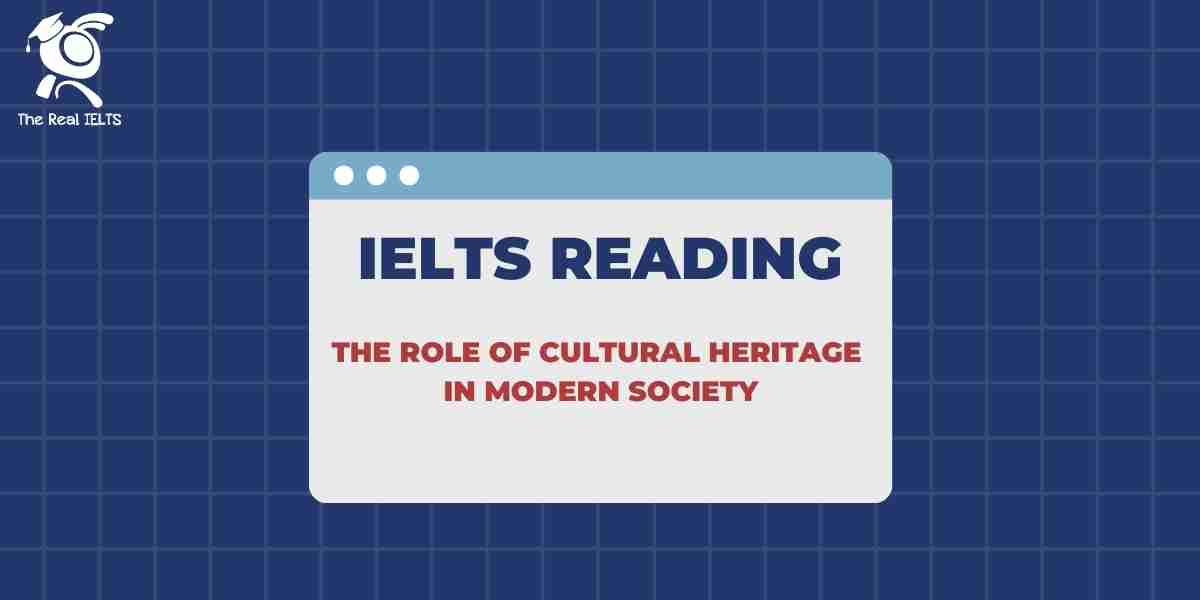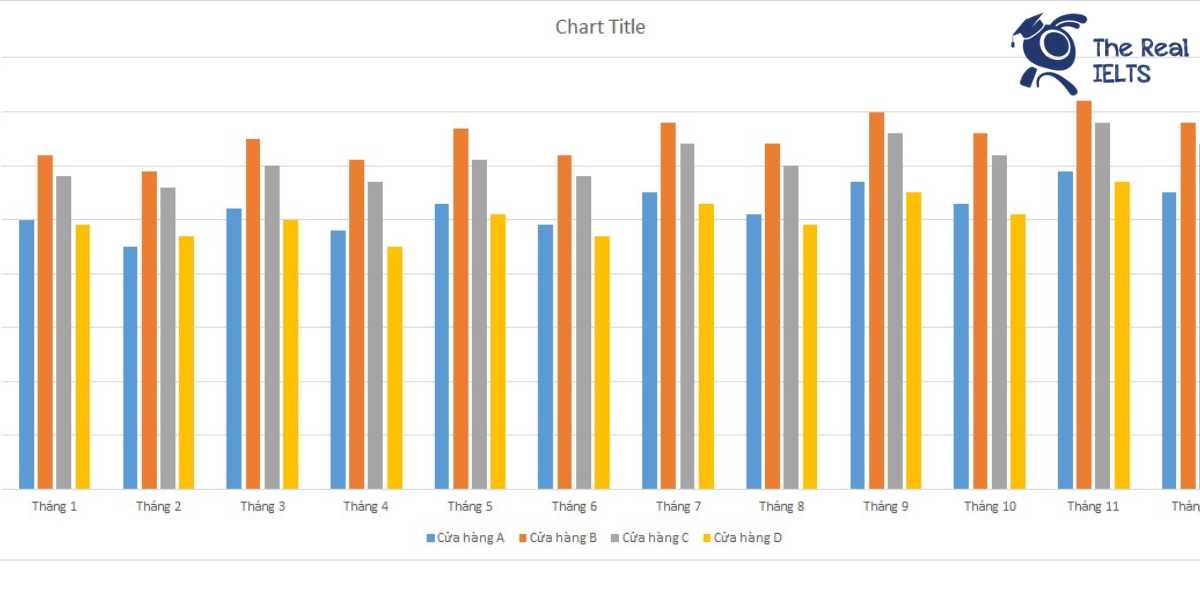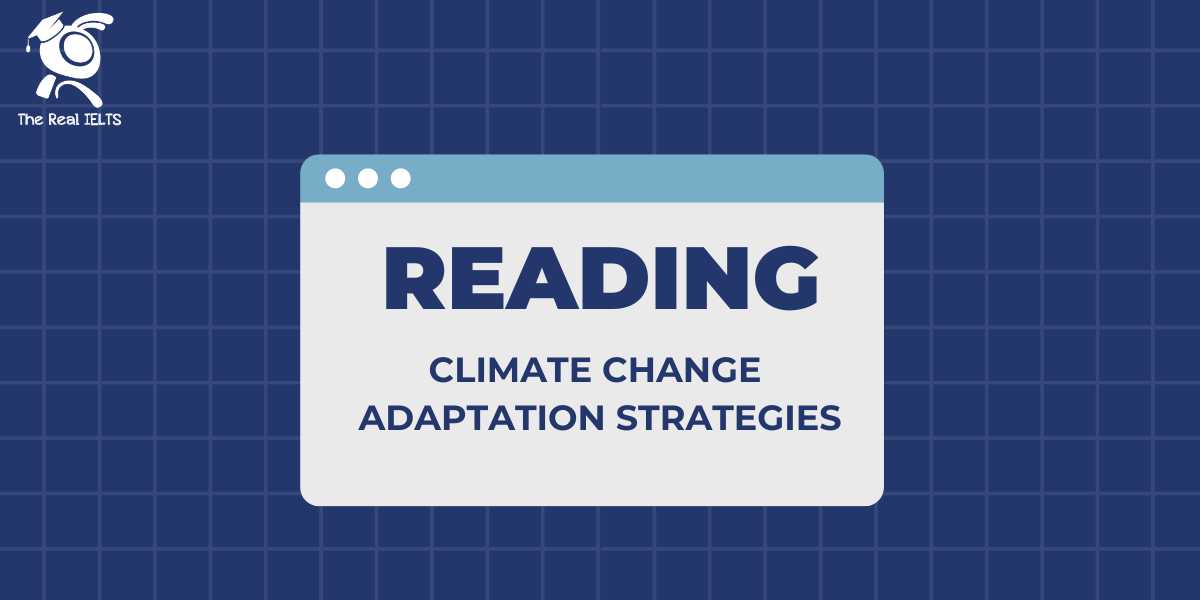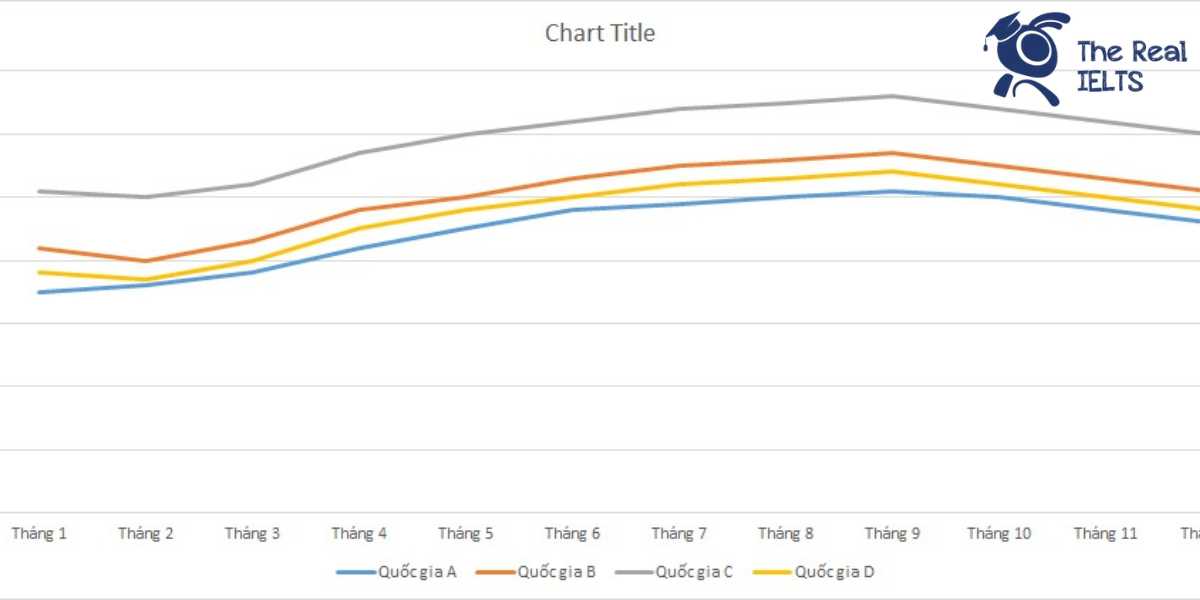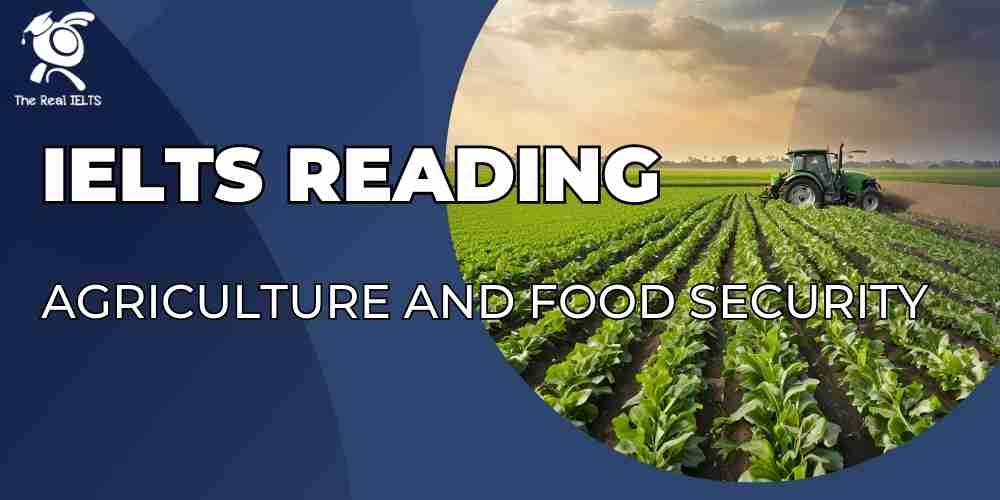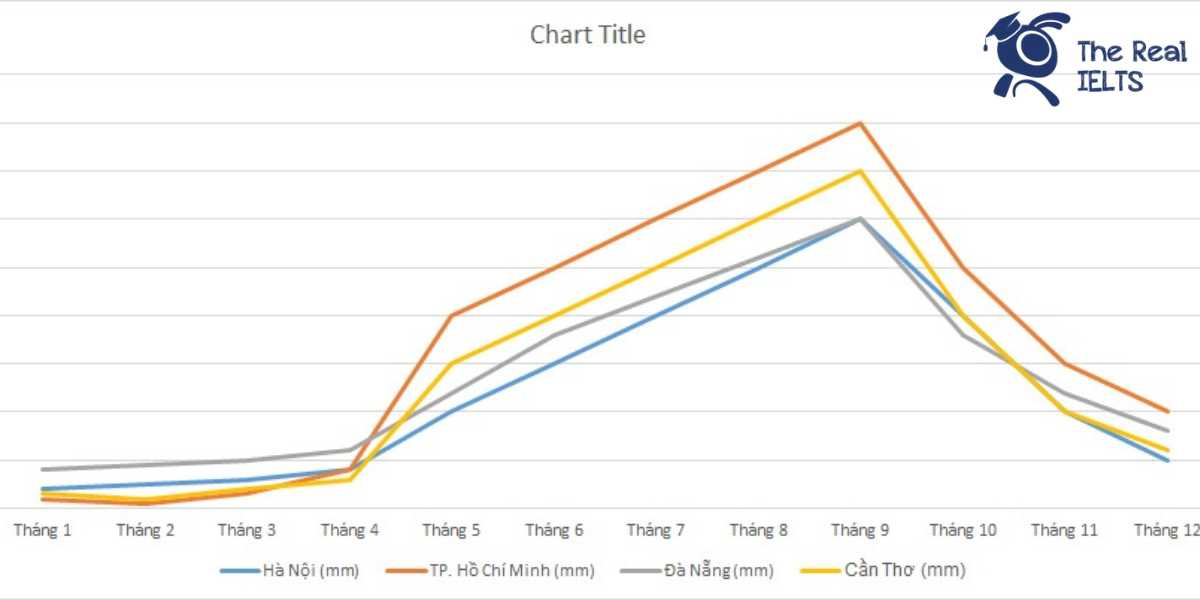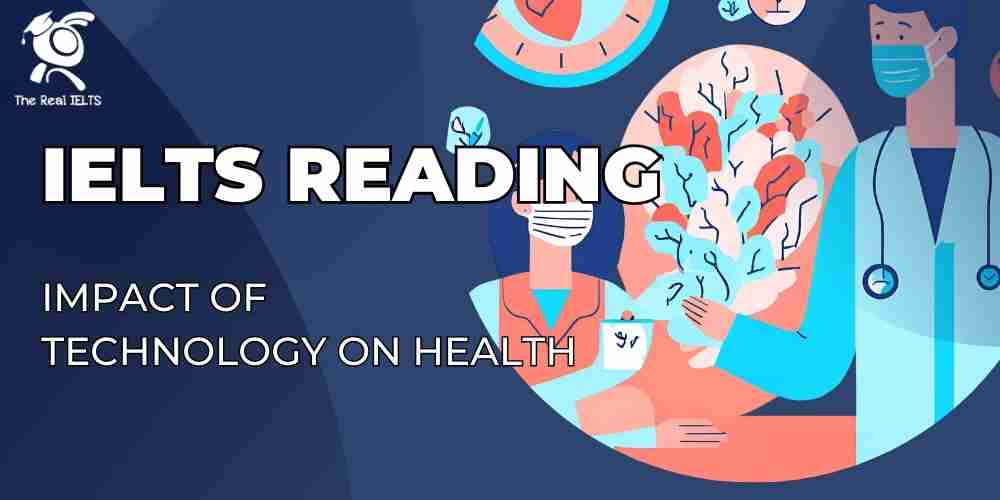Đề thi IELTS Reading có tiêu đề “The Role of Cultural Heritage in Modern Society”
Nhớ đọc thêm các bài luyện thi IELTS nhé.
IELTS Reading:”The Role of Cultural Heritage in Modern Society“
The Role of Cultural Heritage in Modern Society
Cultural heritage, encompassing tangible assets like monuments, artifacts, and landscapes, as well as intangible aspects like traditions, languages, and knowledge, plays a significant role in shaping modern societies. As globalization continues to blur the lines between different cultures, the importance of preserving and promoting cultural heritage has become more pronounced. It serves as a critical link between past and present, helping communities maintain a sense of identity, continuity, and belonging. However, in the face of rapid technological advancement and societal changes, the role of cultural heritage is constantly being redefined and challenged.
One of the primary functions of cultural heritage in modern society is its role in fostering a sense of identity and continuity. Cultural heritage provides communities with a shared history and set of values that transcend generations, offering a sense of stability in an ever-changing world. For instance, traditional festivals, rituals, and customs not only preserve cultural practices but also strengthen social cohesion by bringing people together. These shared experiences create a collective memory that reinforces the identity of a community, making cultural heritage a vital tool for social integration.
In addition to its social functions, cultural heritage also plays an essential role in education. By studying cultural heritage, individuals gain insights into the historical development of societies, understanding how past events, innovations, and interactions have shaped the present. Museums, heritage sites, and cultural institutions serve as living classrooms, where people can learn about the diversity and complexity of human cultures. This educational aspect of cultural heritage is crucial in promoting cultural awareness and tolerance in increasingly multicultural societies. By understanding and appreciating different cultural practices, individuals are better equipped to navigate the complexities of a globalized world.
Economic considerations also highlight the importance of cultural heritage in modern society. Cultural heritage can be a significant driver of economic development, particularly through tourism. Historical sites, monuments, and cultural festivals attract millions of tourists each year, generating substantial revenue for local economies. In many cases, cultural tourism has become a vital part of the economy, providing employment opportunities and supporting local businesses. Moreover, the preservation and promotion of cultural heritage can enhance the attractiveness of a region, making it more appealing to investors and fostering sustainable economic growth.
However, the role of cultural heritage in modern society is not without its challenges. One of the most pressing issues is the threat posed by globalization, which can lead to the homogenization of cultures and the loss of unique cultural identities. As global media and communication networks spread Western values and lifestyles, traditional cultural practices risk being marginalized or forgotten. This cultural erosion can have profound effects on communities, leading to a loss of cultural diversity and weakening social cohesion.
Furthermore, the commercialization of cultural heritage presents a dilemma. While cultural tourism can provide economic benefits, it can also lead to the commodification of cultural practices, where traditions are adapted or even distorted to meet the demands of tourists. This can result in the loss of authenticity, as cultural expressions are reduced to mere spectacles for consumption. In some cases, the pressure to attract tourists can lead to the overexploitation of cultural sites, causing physical damage and diminishing their historical value.
The digital age also presents new opportunities and challenges for cultural heritage. On one hand, digital technologies offer innovative ways to document, preserve, and share cultural heritage with a global audience. Virtual museums, online archives, and digital storytelling platforms allow people to access and engage with cultural heritage from anywhere in the world. These tools can help raise awareness about the importance of cultural heritage and promote its preservation. On the other hand, the digitalization of cultural heritage raises concerns about intellectual property rights and the potential for misuse or misrepresentation of cultural content. Ensuring that cultural heritage is accurately and respectfully represented in the digital realm is a challenge that modern society must address.
In conclusion, cultural heritage plays a multifaceted role in modern society, contributing to social cohesion, education, economic development, and cultural diversity. However, it also faces significant challenges in the context of globalization, commercialization, and digitalization. As societies continue to evolve, it is crucial to find a balance between preserving cultural heritage and adapting to the demands of the modern world. By doing so, cultural heritage can continue to serve as a source of identity, continuity, and inspiration for future generations.
Đề bài thi IELTS Reading
Multiple Choice (10 questions)
- What is one primary role of cultural heritage in modern society?
- A) Economic development
- B) Technological advancement
- C) Social media influence
- D) Political stability
- How does cultural heritage contribute to social cohesion?
- A) By encouraging competition among communities
- B) By providing a sense of shared identity and continuity
- C) By promoting individualism
- D) By reducing cultural diversity
- Which of the following is NOT mentioned as a function of cultural heritage in the text?
- A) Strengthening social cohesion
- B) Supporting local businesses
- C) Influencing global politics
- D) Promoting cultural awareness
- What is a potential negative impact of globalization on cultural heritage?
- A) Increasing cultural diversity
- B) Homogenization of cultures
- C) Boosting economic growth
- D) Encouraging traditional practices
- How can cultural heritage contribute to economic development?
- A) Through tourism
- B) By decreasing unemployment
- C) By attracting global media attention
- D) Through technological innovation
- What challenge does the digitalization of cultural heritage present?
- A) Limited access to cultural content
- B) Concerns about intellectual property rights
- C) Lack of technological resources
- D) Decreased global awareness
- Which statement is TRUE about the educational role of cultural heritage?
- A) It focuses solely on local traditions.
- B) It helps individuals understand historical development.
- C) It discourages the study of different cultures.
- D) It is limited to museum visits.
- What might happen if cultural practices are adapted to meet tourist demands?
- A) Increased authenticity
- B) Loss of authenticity
- C) Preservation of traditions
- D) Enhanced cultural diversity
- What is a key function of museums and heritage sites mentioned in the text?
- A) They primarily focus on local economic growth.
- B) They act as living classrooms for education.
- C) They serve as digital platforms for global communication.
- D) They limit access to cultural heritage.
- Which of the following is a major concern related to the commercialization of cultural heritage?
- A) Enhancing cultural practices
- B) Overexploitation of cultural sites
- C) Reducing tourism revenue
- D) Promoting global awareness
True/False/Not Given (10 questions)
- Cultural heritage is only about preserving tangible assets like monuments.
- True
- False
- Not Given
- Globalization has had no impact on cultural heritage.
- True
- False
- Not Given
- Cultural tourism is the only way cultural heritage contributes to economic development.
- True
- False
- Not Given
- Traditional festivals are an example of intangible cultural heritage.
- True
- False
- Not Given
- The text suggests that all communities view cultural heritage as equally important.
- True
- False
- Not Given
- Digitalization has completely solved the problem of cultural preservation.
- True
- False
- Not Given
- The loss of cultural diversity can weaken social cohesion in communities.
- True
- False
- Not Given
- Cultural heritage sites are immune to physical damage from overexploitation.
- True
- False
- Not Given
- The text mentions that virtual museums are a form of cultural heritage preservation.
- True
- False
- Not Given
- The commercialization of cultural heritage always leads to increased authenticity.
- True
- False
- Not Given
Yes/No/Not Given (5 questions)
- The author believes that globalization is a threat to cultural heritage.
- Yes
- No
- Not Given
- The author suggests that cultural tourism can harm cultural practices.
- Yes
- No
- Not Given
- The author thinks that digital technology has no place in cultural heritage preservation.
- Yes
- No
- Not Given
- The author argues that the digitalization of cultural heritage has both benefits and drawbacks.
- Yes
- No
- Not Given
- The author believes that economic growth should be prioritized over cultural preservation.
- Yes
- No
- Not Given
Matching Information (5 questions)
Match each piece of information with the correct paragraph (A, B, C, D, etc.).
- The role of cultural heritage in education.
- Economic impact of cultural heritage through tourism.
- Challenges posed by the digital age to cultural heritage.
- The threat of cultural homogenization due to globalization.
- The function of cultural heritage in fostering identity.
Matching Headings (5 questions)
Choose the correct heading for each paragraph from the list of headings.
- Paragraph A:
- i) The economic benefits of cultural heritage
- ii) Social cohesion and cultural heritage
- iii) Globalization’s impact on cultural diversity
- iv) The educational value of cultural sites
- Paragraph B:
- i) The commercialization of cultural practices
- ii) Challenges in preserving authenticity
- iii) The role of museums and heritage sites
- iv) Digitalization and cultural preservation
- Paragraph C:
- i) The role of cultural heritage in social integration
- ii) Threats to cultural heritage in the modern world
- iii) The importance of cultural tourism
- iv) Technological innovations in cultural preservation
- Paragraph D:
- i) Cultural heritage as a driver of economic growth
- ii) The impact of commercialization on cultural authenticity
- iii) The future of cultural heritage in a digital world
- iv) Preserving cultural diversity in a globalized society
- Paragraph E:
- i) Balancing economic growth and cultural preservation
- ii) The potential of digital technologies
- iii) The role of intellectual property in cultural heritage
- iv) Cultural heritage in the context of globalization
Sentence Completion (5 questions)
Complete the sentences with the correct word or phrase.
- Cultural heritage provides a sense of ____________ in an ever-changing world.
- The text suggests that cultural tourism has become a vital part of the ____________.
- Digital technologies offer new ways to ____________ cultural heritage.
- Globalization can lead to the ____________ of cultures.
- Overexploitation of cultural sites can cause ____________ to their historical value.
Đáp án bài thi IELTS Reading
Multiple Choice
- A) Economic development
- B) By providing a sense of shared identity and continuity
- C) Influencing global politics
- B) Homogenization of cultures
- A) Through tourism
- B) Concerns about intellectual property rights
- B) It helps individuals understand historical development.
- B) Loss of authenticity
- B) They act as living classrooms for education.
- B) Overexploitation of cultural sites
True/False/Not Given
- False
- False
- False
- True
- Not Given
- False
- True
- False
- True
- False
Yes/No/Not Given
- Yes
- Yes
- No
- Yes
- No
Matching Information
- B (The role of cultural heritage in education.)
- C (Economic impact of cultural heritage through tourism.)
- D (Challenges posed by the digital age to cultural heritage.)
- A (The threat of cultural homogenization due to globalization.)
- A (The function of cultural heritage in fostering identity.)
Matching Headings
- ii) Social cohesion and cultural heritage
- iv) Digitalization and cultural preservation
- i) The role of cultural heritage in social integration
- iii) The future of cultural heritage in a digital world
- i) Balancing economic growth and cultural preservation
Sentence Completion
- identity and continuity
- economy
- document, preserve, and share
- homogenization
- physical damage
Luyện tập bài khác ở bài viết:”100 bài luyện IELTS Reading 2024 – 2025“


